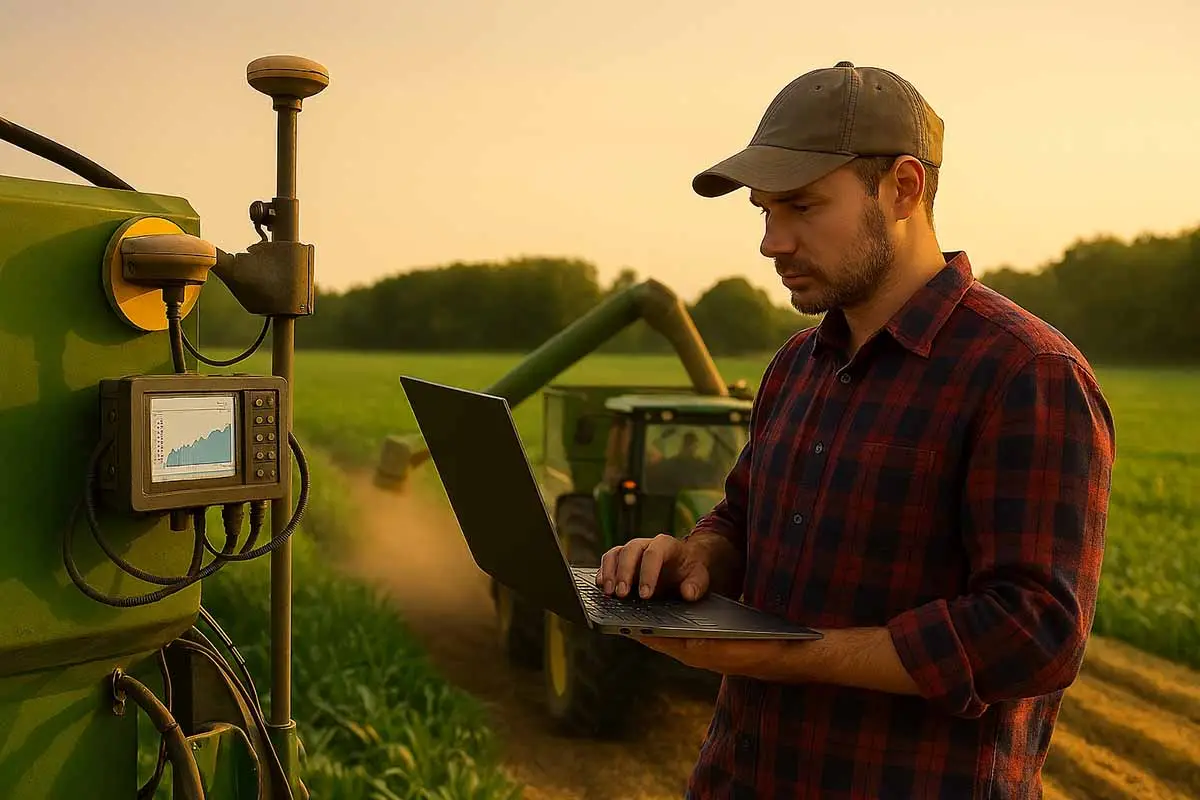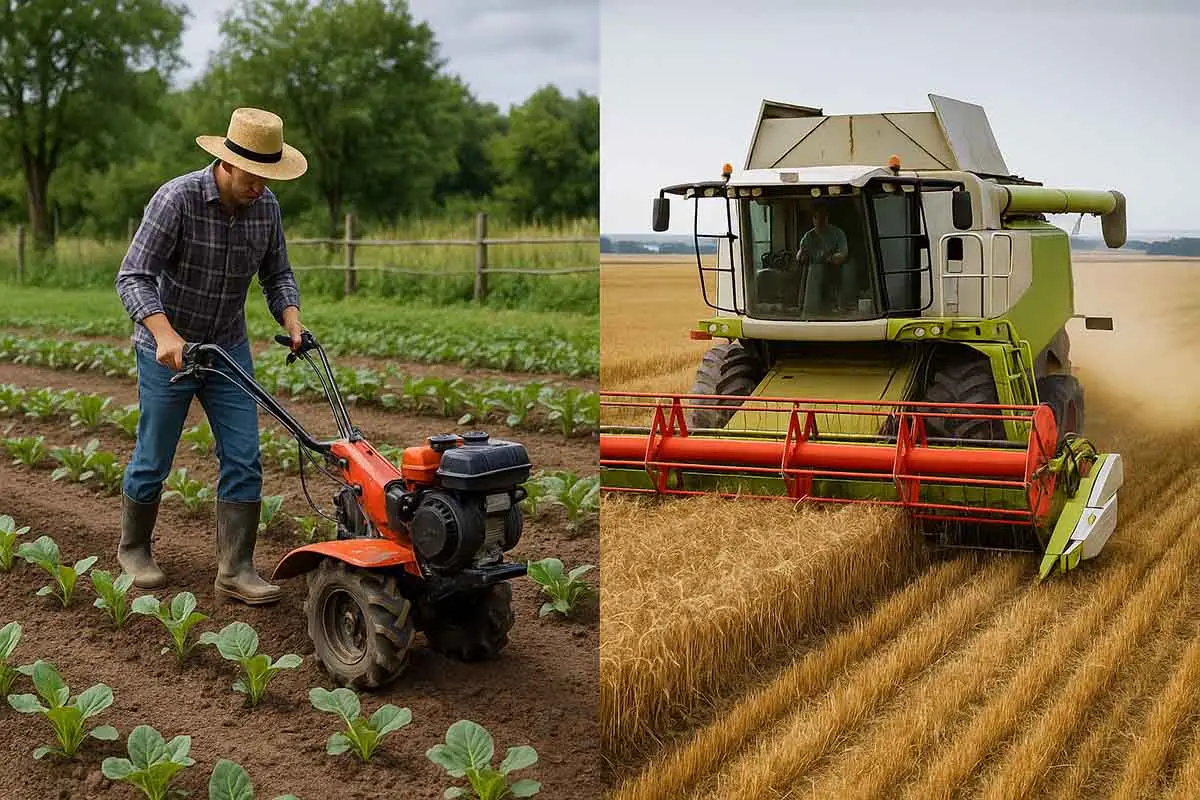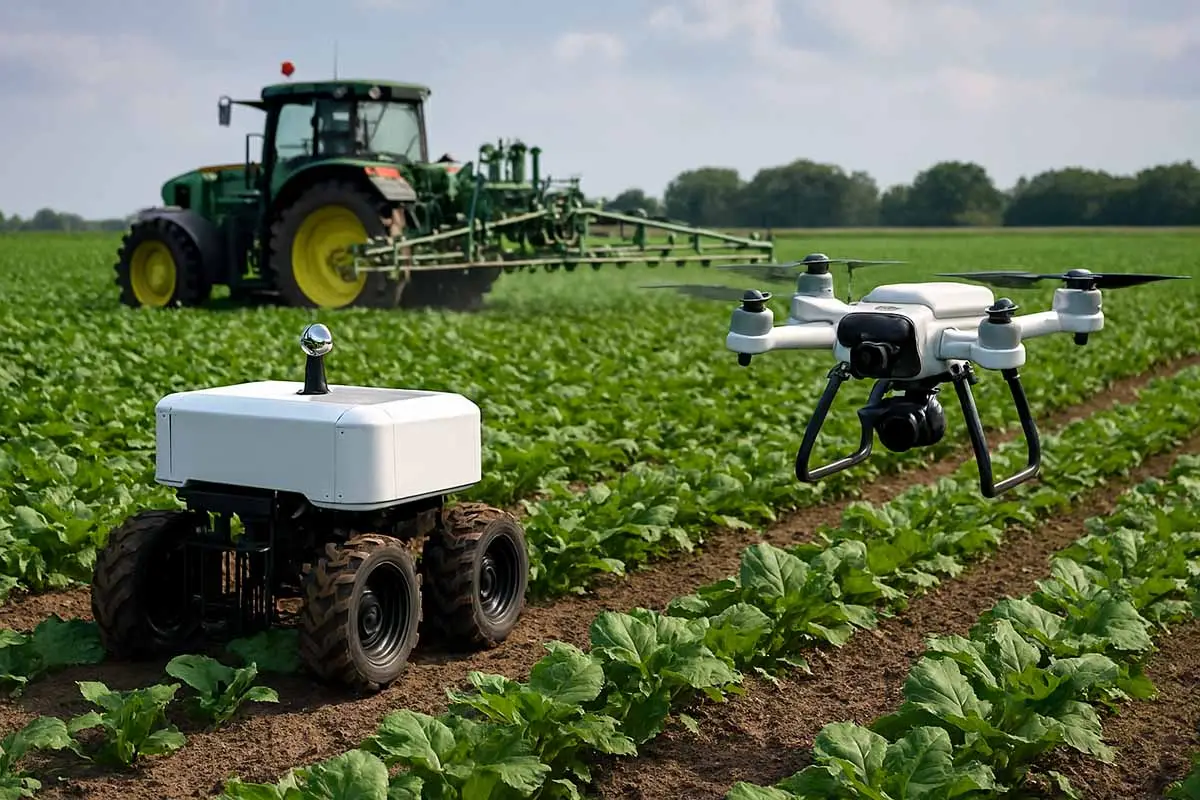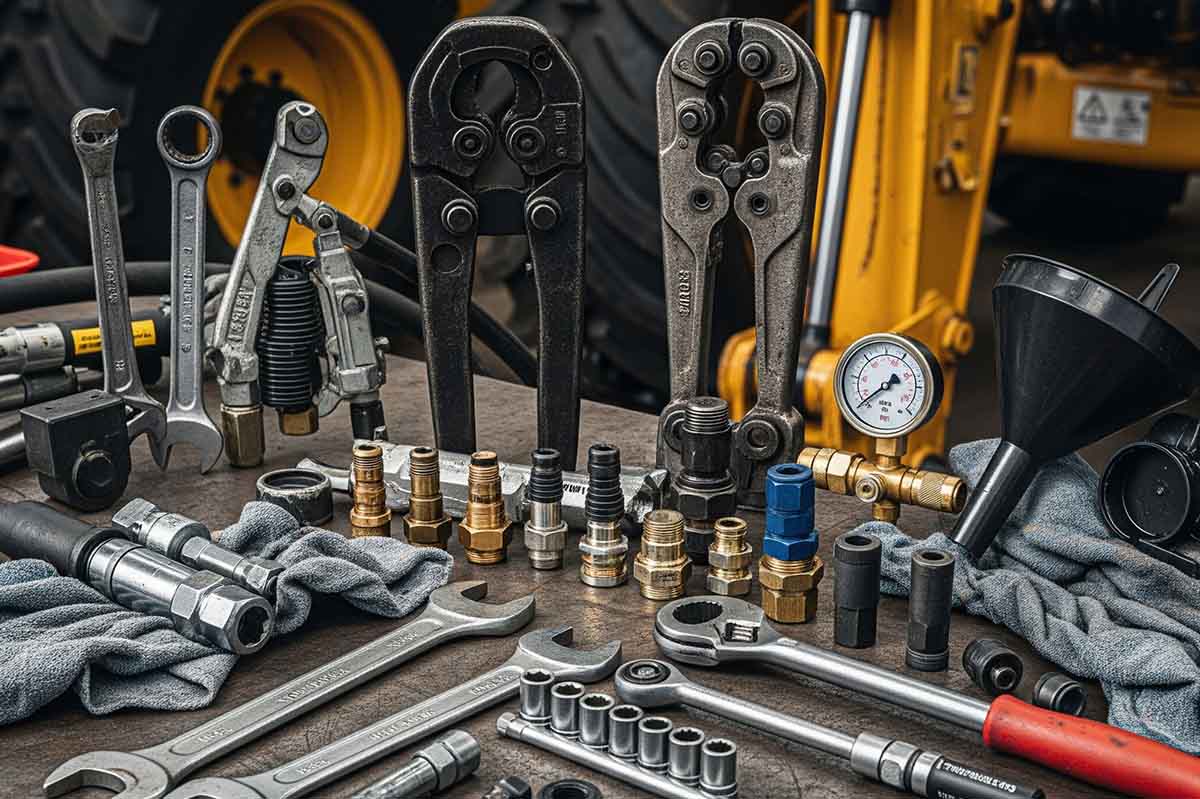Introduction
In today’s agricultural world, gut feeling is giving way to hard data. Farmers are no longer relying solely on experience or tradition—they’re turning to industrial tools and advanced analytics to make smarter, faster, and more profitable decisions. From precision planting to yield prediction, data-driven agriculture is transforming fields into highly efficient production hubs.
Why Data Matters in Agriculture
Agriculture is full of variables—soil conditions, weather, crop health, equipment efficiency. Without data, these factors can feel unpredictable. Data collection allows farmers to:
- Identify patterns that influence yields.
- Reduce waste through precise resource allocation.
- Boost profits by maximizing every hectare.
When decisions are backed by numbers instead of guesswork, the margin for error shrinks, and profitability grows.
Industrial Tools at the Heart of Data-Driven Farming
Industrial-grade agricultural tools aren’t just for heavy lifting—they’re for heavy thinking. Here are some categories driving the shift:
1. GPS-Enabled Machinery
Tractors and harvesters with GPS guidance systems deliver pinpoint accuracy. This reduces overlap, saves fuel, and ensures seeds and fertilizers go exactly where they’re needed.
2. Soil Sensors and Probes
These tools measure moisture, pH, and nutrient content in real time. The result? Farmers can adjust irrigation and fertilization instantly, avoiding waste and improving crop quality.
3. Drones and Aerial Imaging Tools
High-resolution cameras and thermal imaging detect issues like pest infestations or irrigation problems before they become visible to the naked eye.
4. Automated Irrigation Systems
Linked to weather stations and soil data, these systems water crops exactly when and where they need it—nothing more, nothing less.
5. Harvest and Processing Data Trackers
Industrial processing equipment can log yield quality, moisture levels, and throughput. These insights help optimize post-harvest operations.
Turning Data into Action
Collecting data is one thing—acting on it is another. Here’s how farmers can translate numbers into results:
- Trend Analysis: Identify seasonal performance patterns.
- Predictive Modelling: Use historical data to forecast yields and market needs.
- Performance Benchmarking: Compare results against industry standards or previous years.
Benefits of Data-Driven Agriculture
- Higher Yields: More accurate planting and harvesting timing.
- Lower Costs: Reduced fuel, water, and chemical usage.
- Better Sustainability: Efficient use of resources supports environmental goals.
- Faster Decisions: Real-time data means no waiting for lab results or manual reports.
Challenges to Overcome
- High Initial Investment: Advanced tools and systems can be expensive.
- Data Overload: Without proper software, raw data can be overwhelming.
- Training Needs: Farmers and workers must adapt to new tech.
The Future of Data in Agriculture
With AI integration, industrial tools will soon make autonomous decisions—adjusting irrigation schedules, predicting pest outbreaks, and optimizing harvest timing without human intervention. The farm of the future will run like a data-powered factory.
Further Read
- Industrial Tools in Agriculture – Powering Farming
- Overview of industrial tools for planting and harvesting
- Small vs Large-Scale Farm Tools: Real-World Case Studies
- Role of Mechanization in Sustainable Agriculture
- Top Agricultural Tool Brands You Should Know
- Emerging trends: automation, AI, and robotics in farming
- Top Industrial Tools Transforming Modern Agriculture
- Essential Maintenance Practices and Tools for Agricultural Machinery: Your Complete Guide
- IoT-Enabled Agricultural Tools
- Drones in agriculture: surveying, planting, and spraying
- Precision farming tools: GPS-guided equipment for planting and harvesting
- Data-driven decision-making in agriculture
- Top 10 Maintenance Tools for Tractors, Harvesters & Irrigation Systems
- Seasonal Maintenance Checklists & Toolkits for Farmers
- Hydraulic System Maintenance Tools for Heavy Farm Equipment
- Lubrication Tools and Best Practices for Agricultural Machinery
- Industrial Torque Wrenches: Key to Farm Equipment Safety
Funny Fact: In some smart farms, cows wear “Fitbits” to track health and milk production. Yes, even Bessie is joining the Internet of Things.
Lesser-Known Fact: NASA satellite data is already helping farmers predict drought patterns months in advance.





